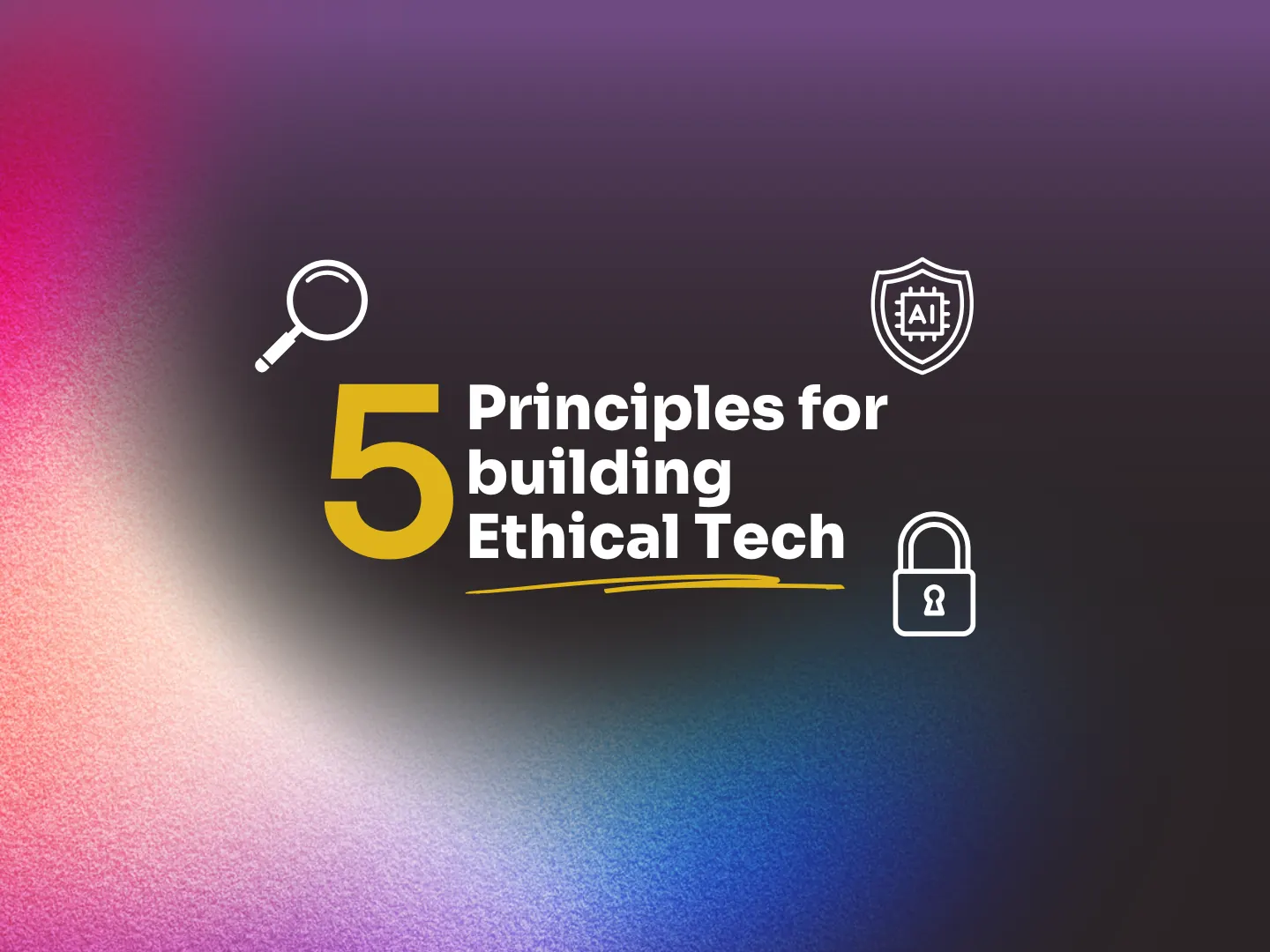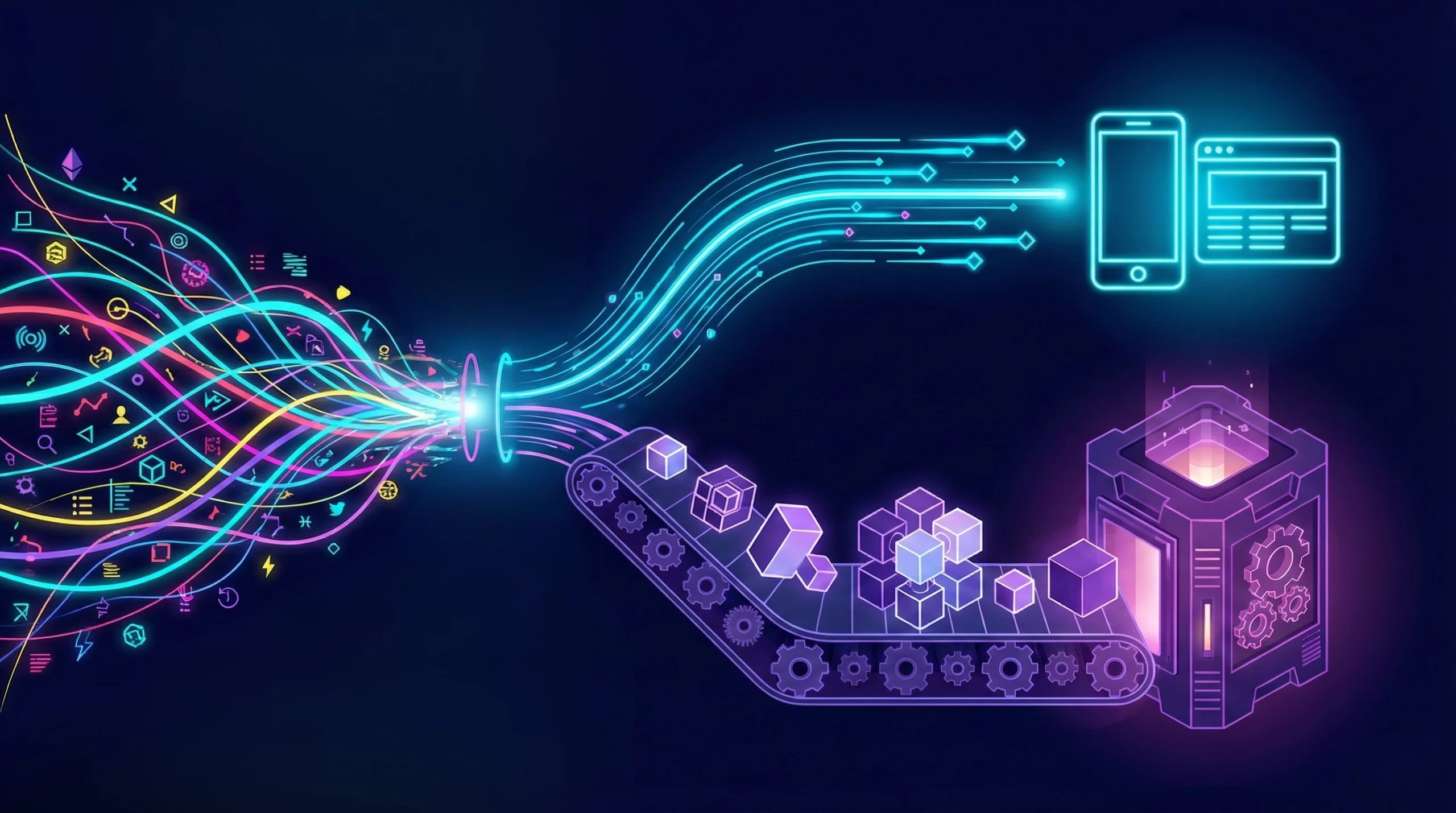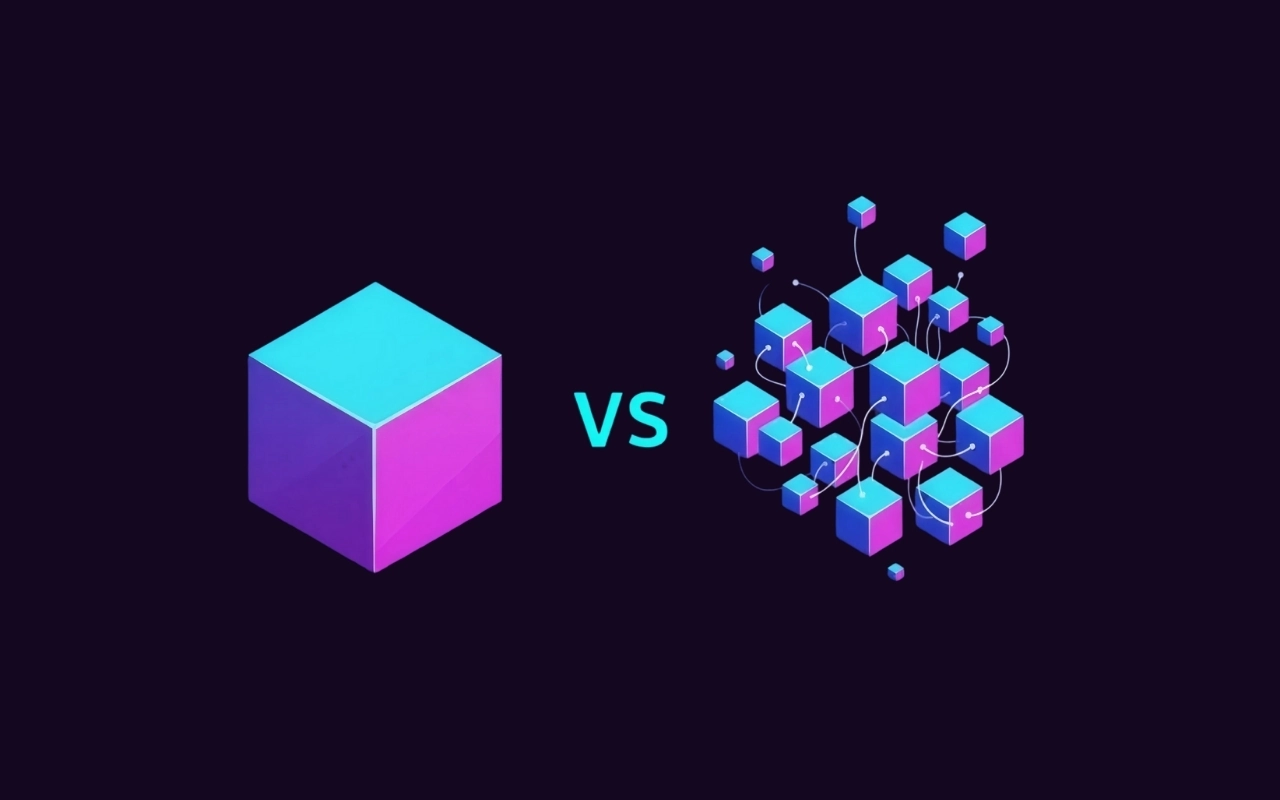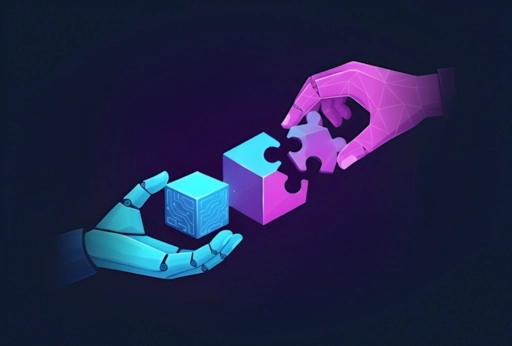You Don’t Trust a Black Box. So Why Are You Building One?
Let’s be honest. AI is everywhere, and frankly, a lot of it is sloppy.
We’ve all seen the headlines. Rogue algorithms, massive data breaches, and privacy scandals that prove “move fast and break things” is just a terrible way to build AI. The thing is, building ethical AI technology isn’t about dodging a PR disaster; it’s about building a future we actually want to live in.
And sure, most of the AI we’ve seen so far is just very advanced automation. But that’s changing, and it’s changing fast.
AI is starting to act on its own. These new agentic AI systems don’t just wait for a prompt; they make decisions, adapt, and take action all by themselves.
If that sounds like a much bigger risk, you’re right. It is. It’s what makes these “nice-to-have” ethical principles an absolute, non-negotiable part of survival. So, if you’re a leader, a dev, or just someone who wants to build tech that matters, these are the five principles that separate a useful tool from a ticking time bomb.
Principle 1: No Black Boxes. (Real Transparency & Accountability)
“Just trust the algorithm” is a terrible, lazy business plan.
Transparency is simple: can you see how the system works and why it makes the decisions it does?
But here’s the thing: transparency is totally useless without accountability. It’s not enough to just publish a dense, 80-page audit. Accountability means building systems that are explainable by default and knowing exactly who (or what) is responsible when things go sideways.
- The Takeaway: Stop hiding behind complexity. You have to show your users the “why” behind any decision. And for God’s sake, establish a clear line of ownership for every model you deploy. When it breaks, and it will, someone has to be on deck to answer for it and fix it.
Principle 2: Your Data Isn’t Our Data. (Privacy & Solid Governance)
This should be obvious, but it’s not. Privacy is not a checkbox. It’s a promise.
True privacy and data governance in AI means you treat user data with respect, which mostly means leaving it alone. It’s about building privacy into the guts of the system from day one, not just bolting on a “consent” banner an hour before launch.
And no, this isn’t just about GDPR or CCPA. It’s about earning trust the old-fashioned way: by giving people real control over their own information.
- The Takeaway: Get a “privacy-first” attitude, fast. If you don’t need the data, don’t collect it. If you do collect it, encrypt it, secure it, and make it stupidly-simple for a user to get it back or delete it forever. Proactive data protection isn’t just good ethics; it’s a massive competitive advantage.
Principle 3: Ditch the Bias, Already. (Actual Fairness & Inclusion)
It’s the classic “garbage in, garbage out” problem. Your AI is only as good as its training data. And if your training data is a dumpster fire of historical bias, your AI will just be a faster, more efficient way to discriminate.
Here’s the truth: algorithmic bias and fairness don’t get fixed by accident. It takes real, intentional work. Fairness means making sure your tech doesn’t screw over specific groups. Inclusion means you’re actively designing for diverse communities, not just the ones you know.
Think about it: a loan application AI trained only on urban data is guaranteed to fail rural applicants. That’s not malice; it’s just lazy data science.
- The Takeaway: You must audit your data sets for bias. Constantly ask the hard question: “Who are we leaving out?” Then, go get the data to fix it. This isn’t a one-time fix; it’s a constant, active part of the job.
Principle 4: Augment, Don’t Annihilate. (Smarter Automation)
Automation should make human work better, not just make humans obsolete.
The whole point of ethical automation is to enhance our roles. It should automate the repetitive, soul-crushing tasks so that people can focus on the complex, creative work that humans are actually good at. In this world, a human-in-the-loop isn’t a bug; it’s the most important feature.
A customer support bot, for example, is great for password resets. It should never be handling a crisis call. Using automation to improve safety or reduce burnout is smart. Using it to replace your entire support team is just short-sighted.
- The Takeaway: Design your automation to augment your team. Start with the repetitive, high-risk, or low-value junk. Keep the human connection intact for the work that actually matters.
Principle 5: This Is Never “Done.” (Constant Iteration)
The work is never “done.” You don’t just “achieve” ethics, get a trophy, and move on.
Building ethical AI is an ongoing commitment, period. The second your AI hits the real world, it will run into data and scenarios you never, ever planned for. Continuous improvement just means you’re ready for that. It’s about refining algorithms, reassessing goals, and, most importantly, actually listening to user feedback.
A healthcare AI, for example, needs constant updates to keep up with new medical research. If it doesn’t get them, it’s not just “out of date”, it’s dangerous.
- The Takeaway: Make ethical oversight a permanent part of how you build things. This isn’t a meeting you have to attend; it’s a core process, like CI/CD.
Why These 5 Principles Just Became 100x More Critical
For years, these five principles were the “best practices” for building responsible AI tools.
Well, that era is over.
We are now building Agentic AI. These are autonomous systems that don’t just suggest an action, they take it. They perceive, reason, and execute goals inside your digital environment, often faster than any human could ever monitor.
This is the new reality. So, what happens now?
When a simple script (automation) fails, you can roll it back. But when an autonomous agent (autonomy) acts on bad data or with a hidden bias, it’s a catastrophe that can multiply across your entire stack before anyone even notices.
Our old trust model of “check the input, review the output” is completely broken.
And that’s why these 5 principles are no longer just a framework. They’re the only thing that makes this new, autonomous future workable.
- Transparency & Accountability are no longer about reports. They’re about a non-negotiable, unchangeable audit trail for every single agent action.
- Privacy & Governance are no longer about cookies. They’re about giving agents verified digital identities so you know exactly what is accessing your data and why.
- Algorithmic Fairness is no longer about one model. It’s about preventing cross-system errors where agents pass bad, biased data to each other.
This new, high-stakes model is precisely why agentic AI redefines trust. It’s not about trusting a “black box” anymore. It’s about building a verifiable, secure, and accountable system from the ground up.
We Build for the Future, Not Just the Hype
These principles aren’t just ideals on a whiteboard. They are the core of how we build at Autonomous.
We believe in building tech with a future we can actually be proud of. If you’re tired of the hype and ready to build AI that works, and works responsibly, then let’s talk.
We can help you bring these principles to life inside your own systems.




